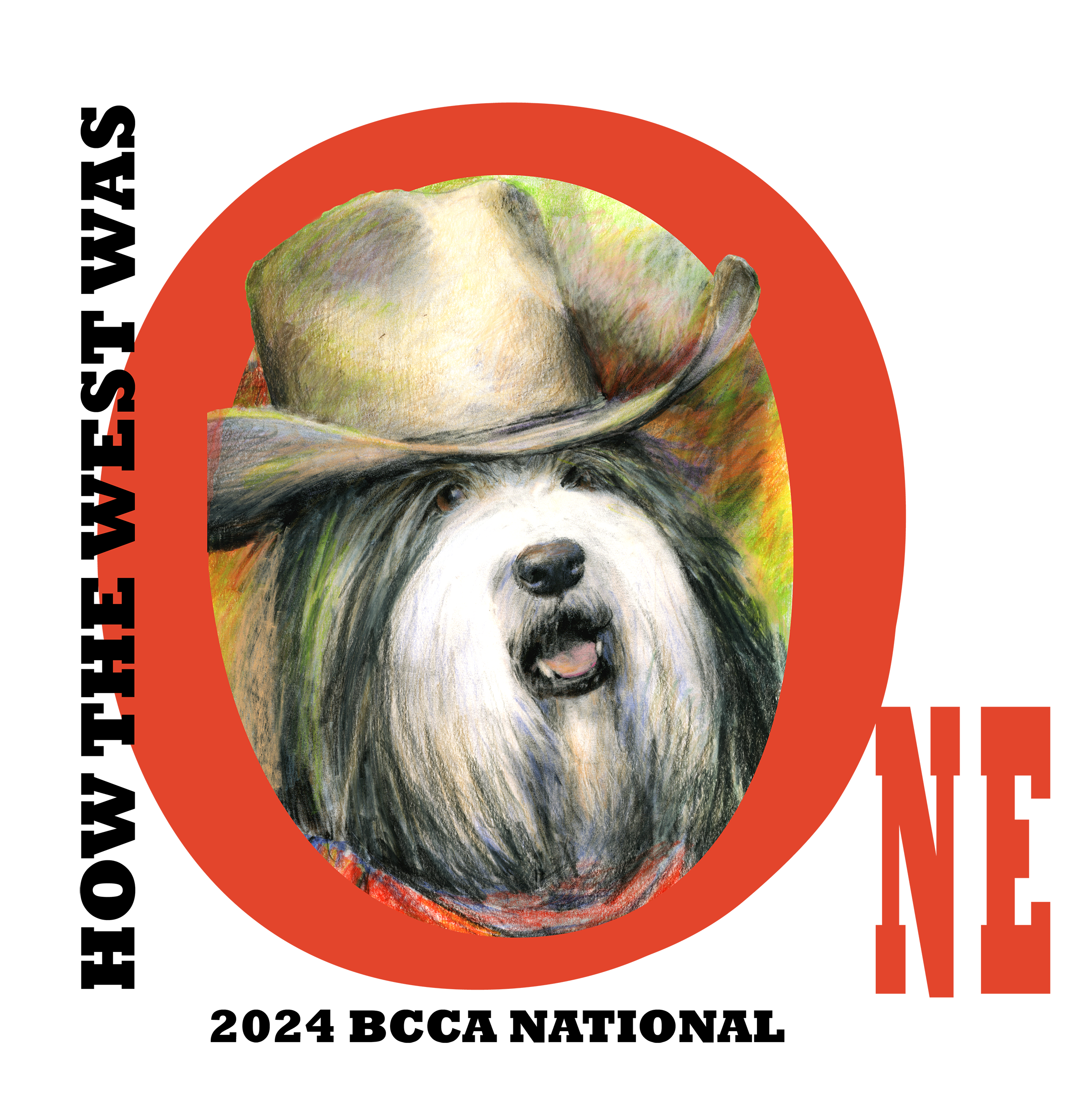Cathy Goetz-Perry (Sheiling Perm. Reg.,), Sweeps & Veteran Sweeps

Number of Years in Dogs: 43
Number of Years in Bearded Collies: 43
Number of Years Involved in AKC Activities: 41
Number of Years as a BCCA Member: 38
Number of Bearded Collie Litters Bred: 17
Number of Champion Bearded Collies Owned or Bred: 55
Number of Judging Assignments in the Past: 12 Breed, 14 All-Breed
I have attended BCCA National Specialties as an exhibitor, and observer and judge.
If you have judged Sweepstakes at a BCCA National Specialty before, what year(s) did you judge? 2015
How do coat, movement, outline, structure and temperament influence your evaluation of a Bearded Collie?
Each aspect, coat, movement, outline, structure, and temperament, used together, build my overall evaluation of a bearded collie.
The outline is the most impacting aspect I use when assessing a dog. I start with the outline initially to give me a view of the dog being more than the sum of its parts. The outline gives insight into whether the dog judged against the standard is natural, medium sized, hardy, strong yet agile. It also provides time to assess length to height, height above and below the elbow and overall balance of front and rear angulation. When looking at the outline, I also look at expression to get a view of the temperament and intelligence of the dog.
Then, I gauge movement, structure, and temperament equally as to how they contribute to the overall outline of the dog and its ability to do the work for which it was bred. With movement, I look for the hallmarks of beardie movement – free, supple movement with balance of reach and drive, a strong topline and single tracking on the up and back. From my perspective, hands-on assessment of the dog’s structure provides the opportunity to evaluate the parts that make up the dog and support movement and its ability to work – especially angulation of the shoulder, hindquarters, length of upper arm, depth and shape of chest, length of rib and length, and
strength of the loin. The hands-on also provides time to verify the initial assessment of length to height, height above and below the elbow, and angulation. The hands-on gives one the opportunity to assess the dog’s fitness through weight and strength of musculature. Temperament and intelligence can be further assessed during the hands-on evaluation by assessment of the dog’s expression, look in its eyes, how it is handling the situation, and its connection with its handler.
Coat is the last piece I evaluate. With our beardies going through many coat changes in a lifetime, I may be seeing a dog’s coat not at its prime. Coat can also be used to hide issues. I look to how the coat compares to the standard – for coarseness, appropriate length, any signs of trimming and is it a true double coat that will protect the dog?
